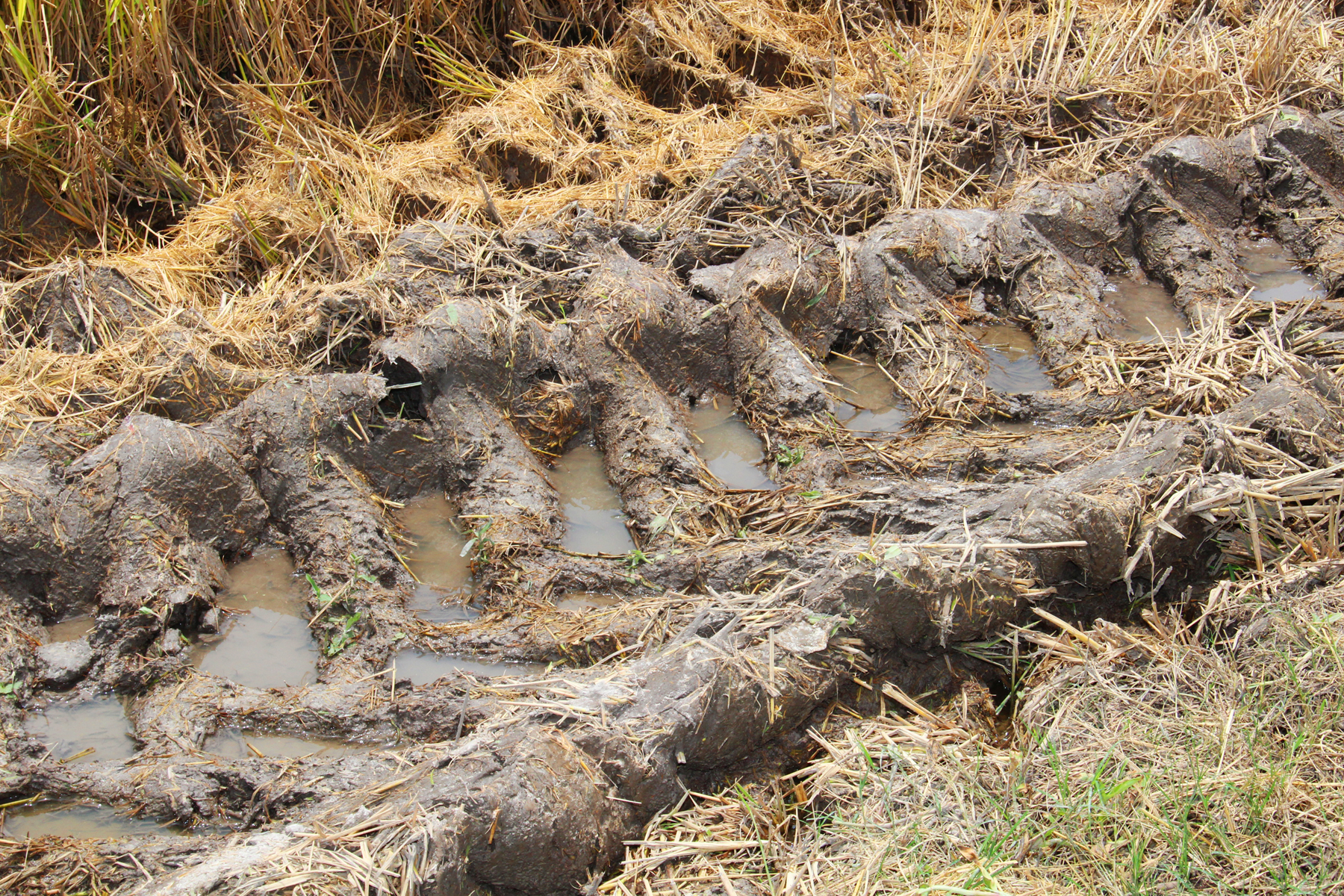 Here comes the rain again
Here comes the rain again
Apr 12, 2019
LITTLE ROCK, AR -- Approaching mid-April and odds are good that it’s another rainy day in Arkansas and planting in the Natural State has come to a standstill. After last year’s muddy and harsh harvest, farmers still haven’t been able to catch a break as the past three months it’s been nothing but rain, sunshine for a few days, then more rain as soon as things have started to dry out.
Jeff Rutledge, a grower from Newport in northeast Arkansas, was able to get most of his corn planted last week and a few acres of rice before another front came through and dropped another two inches of rain on his fields. “The fields are still wet but we’re hoping it dries out enough that we can get in the fields again before the next front moves across the state this weekend,” said Rutledge. “Typically we’ll plant our corn, then rice, then soybeans.” He estimates that no more than 20 percent of the state’s rice has been planted so far.
The report from grower Dow Brantley, from Lonoke in central Arkansas, is that, 25 percent of his rice is in the ground and the rest of his acres are rutted up from last year’s harvest and that will slow future plants a little. “The rest of the acres will need some field prep before we can start planting again,” said Brantley. “Altogether, there’s probably 10 days’ worth of field prep that needs to happen before we can plant. That’s 10 days of extra labor and equipment expenses that we don’t need right now, but we have to get it done.” He figures less than 5 percent of the rice in Lonoke County has been planted to date.
In southeast Arkansas, Joe Mencer has about 85 percent of his corn planted but less than 3 percent of his rice planted. Of those fields, only 15 percent are prepped, the rest are also rutted up from last year’s muddy harvest. Mencer said, “We got a little more than six inches of rain last weekend and besides keeping us out of the fields, we’ve had to work at unplugging all the drains that are clogged with debris.”
While this season has started off slower and wetter than usual, there’s still optimism that the rain will stop long enough to get the crops in and a mild summer will keep the crop on track.